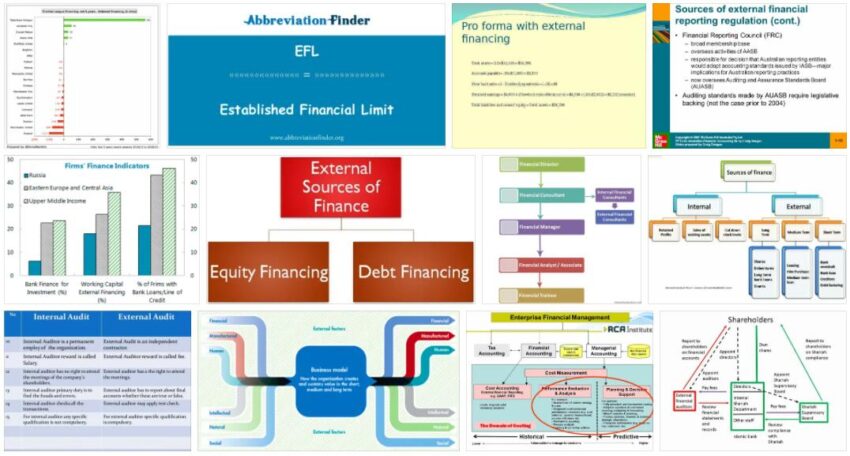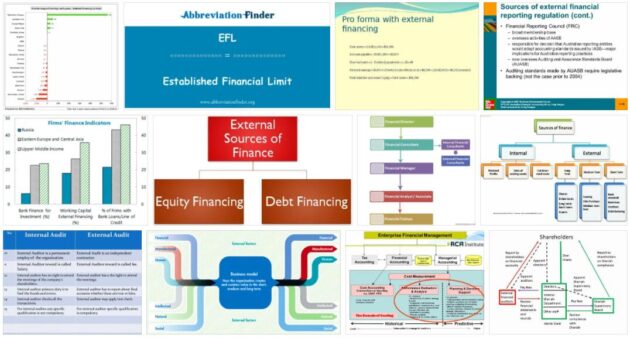Mezzanine financing
This type of capital raising consists of two forms of financing. The debt and equity financing . In this way, the advantages of both types of financing are combined. As a rule, you retain your independence in your decisions, but you still have sufficient liquidity for new investments and you can even deduct the repayments for tax purposes.
With regard to mezzanine financing , a distinction is made between the following variants:
- Reverse Convertible
- Subordinated loan
- Warrant bond
- Profit participation certificate
- silent participation
- Convertible bond
- Patriotic loan
Factoring
With factoring, you sell open receivables to a so-called factor. These are companies that specialize in collecting payments. So they take over the demands that you make on your customers. You yourself will be paid out immediately with 80-90% of the gross claim. Now it’s up to the factor to get the payment from your customer. The factoring as a method of financing gives you instant liquidity, which is particularly important for companies during a financial crunch beneficial.
Leasing
The lease is a usage license contract , which is taken by both individuals and companies to complete. It is particularly known for leasing vehicles. The property in question is financed by the lessor. Insurance and maintenance can also be taken over by the donor. In return, as the lessee, you have to pay a corresponding amount every month. At the end of the contract you can usually decide for or against the further use of the property.
Special features of external financing
In most cases, the companies that receive external financing have to make any payments . So the borrowed amount is slowly paid back. Of course, this puts a strain on the liquidity of your company, which is why you should calculate exactly how high a monthly rate can be. With equity financing, you don’t necessarily have to pay back the sum of the capital contribution, but you have to share your profits in the form of returns . In addition, new power relationships can arise through the acquisition of shares . You should therefore carefully consider whether equity financing, with its advantages and disadvantages, will pay off for you.
We have briefly summarized the exact characteristics of external financing for you below:
- Additional capital comes from external sources ( no funding through capital release!)
- Capital procurement costs arise
- You have to make repayment, interest or dividend payments below
- You may lose important shares in your company (through the allocation of shares or stakes)
- The capital is increased in the long term, resulting in better liquidity
Difference Between External Financing and Internal Financing
The internal financing and external financing differ mainly in terms of the sources of new capital .
According to electronicsencyclopedia, external financing is the raising of capital from external sources , i.e. from outside. This can take the form of self-financing, external financing or mezzanine financing. Special forms are factoring or leasing.
In the case of internal financing, on the other hand, the capital requirement is covered from specially generated sources , i.e. from within. Financing from provisions , self-financing , financing through rationalization, depreciation and a reallocation of assets come into question.
Advantages and disadvantages of external financing
To make it easy for you to decide on the best financing method for your company, you will find the advantages and disadvantages of external financing below .
| advantages | disadvantage |
| Creditworthiness increases | you may lose important shares in your company |
| long-term increase in capital | Pressure to succeed increases |
| better liquidity of the company | |
| flexible payment options possible | |
| Interest payments can be deducted for tax purposes |
Where do you have to include external financing on the balance sheet?
Section 266 (3) of the German Commercial Code (HGB ) regulates where internal and external financing can be found in the balance sheet . Accordingly, you must pay particular attention to the following balance sheet items:
- Equity
I. Subscribed capital
II. Capital reserve - liabilities
- Bonds
- Liabilities to credit institutions
III. Advance payments received on orders
IIII. liabilities from goods and services
Depending on which type of external financing you use, the individual payments are noted in the categories mentioned above. For example, a supplier credit is included in balance sheet item C.III. Trade payables stated.
Conclusion
Funding, by definition, is a release of funds to strengthen a company’s liquidity. In the case of external financing , these funds come from external sources. Possible forms are self-financing, debt financing, leasing, factoring and mezzanine financing. Depending on which type of financing you choose, you have to give up shares in your company or make regular payments to the lender (e.g. banks or venture capital ).
What types of debt financing are there?
According to the definition of debt financing, it is divided into long-term debt financing and short-term debt financing . The long-term variant includes bonds, bank loans, zero coupon bonds or zero bonds and borrower’s note loans. Short-term debt financing is documentary letters of credit, guarantee credits, customer credits, current account credits, bill credits, supplier credits or venture capital.
What is internal financing?
With internal financing , new investments are financed from the income generated in-house. In principle, there is a division into asset growth and asset redeployment.
What is meant by mezzanine capital?
In the mezzanine financing is a hybrid of equity financing and debt financing . Typical agreements here are, for example, the silent participation, the profit participation loan or the profit participation right.
Mezzanine financing is characterized by the subordination of the creditors in the event of insolvency , the debtor’s obligation to repay, a high return, a low level of say for the investor and the tax deductibility of the remuneration.

